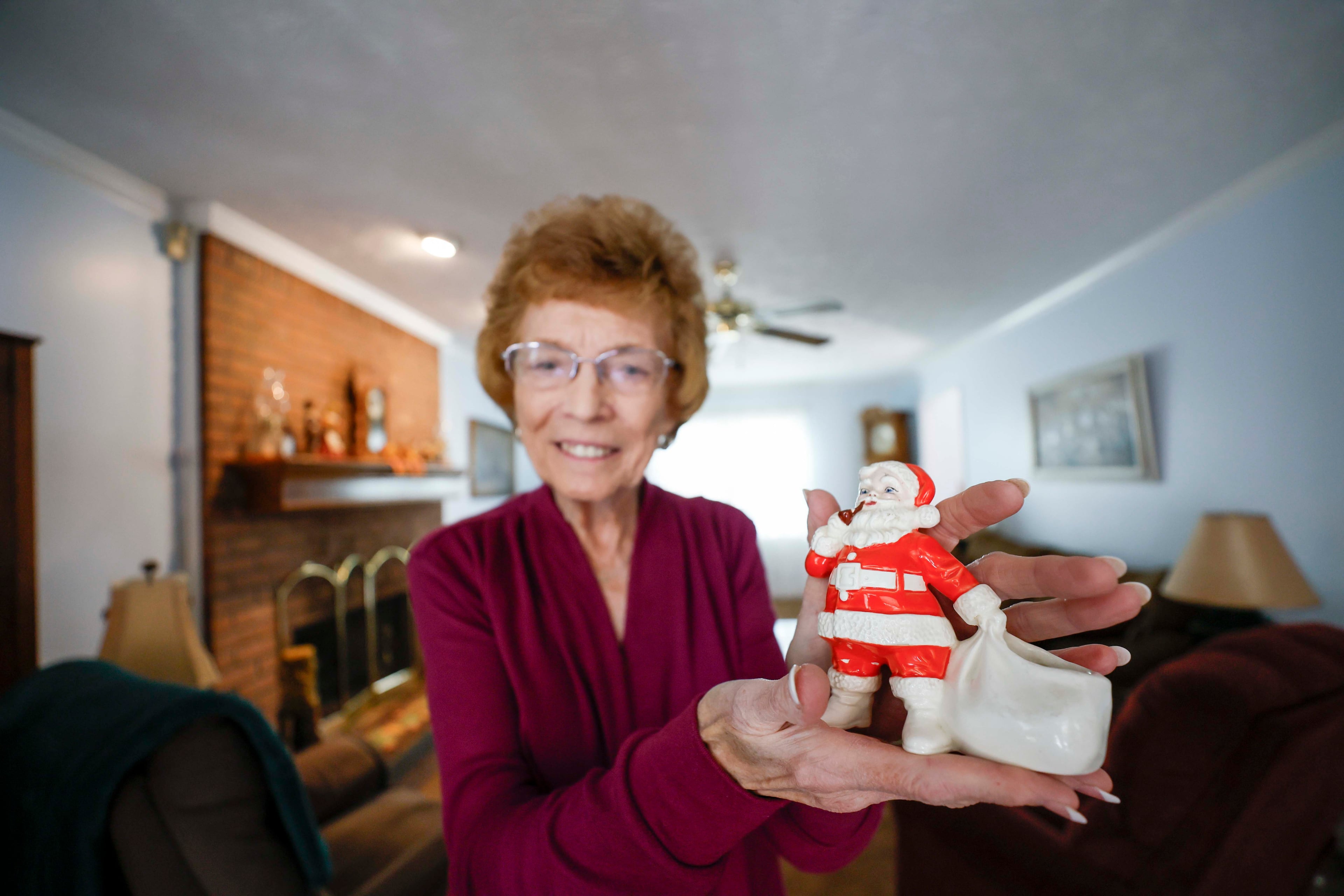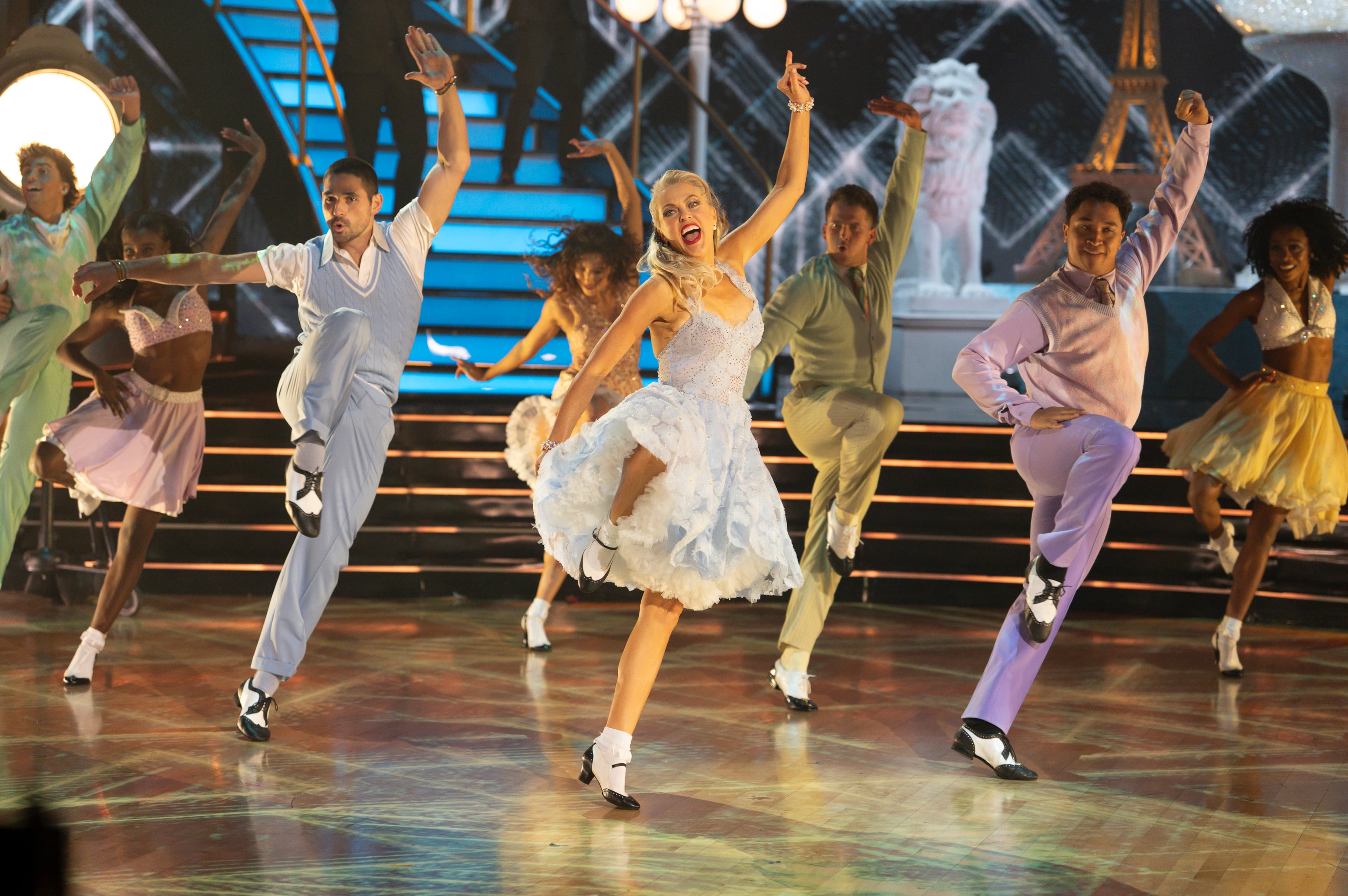In 1959, a girl found a way to get hired as a ‘newspaper boy’
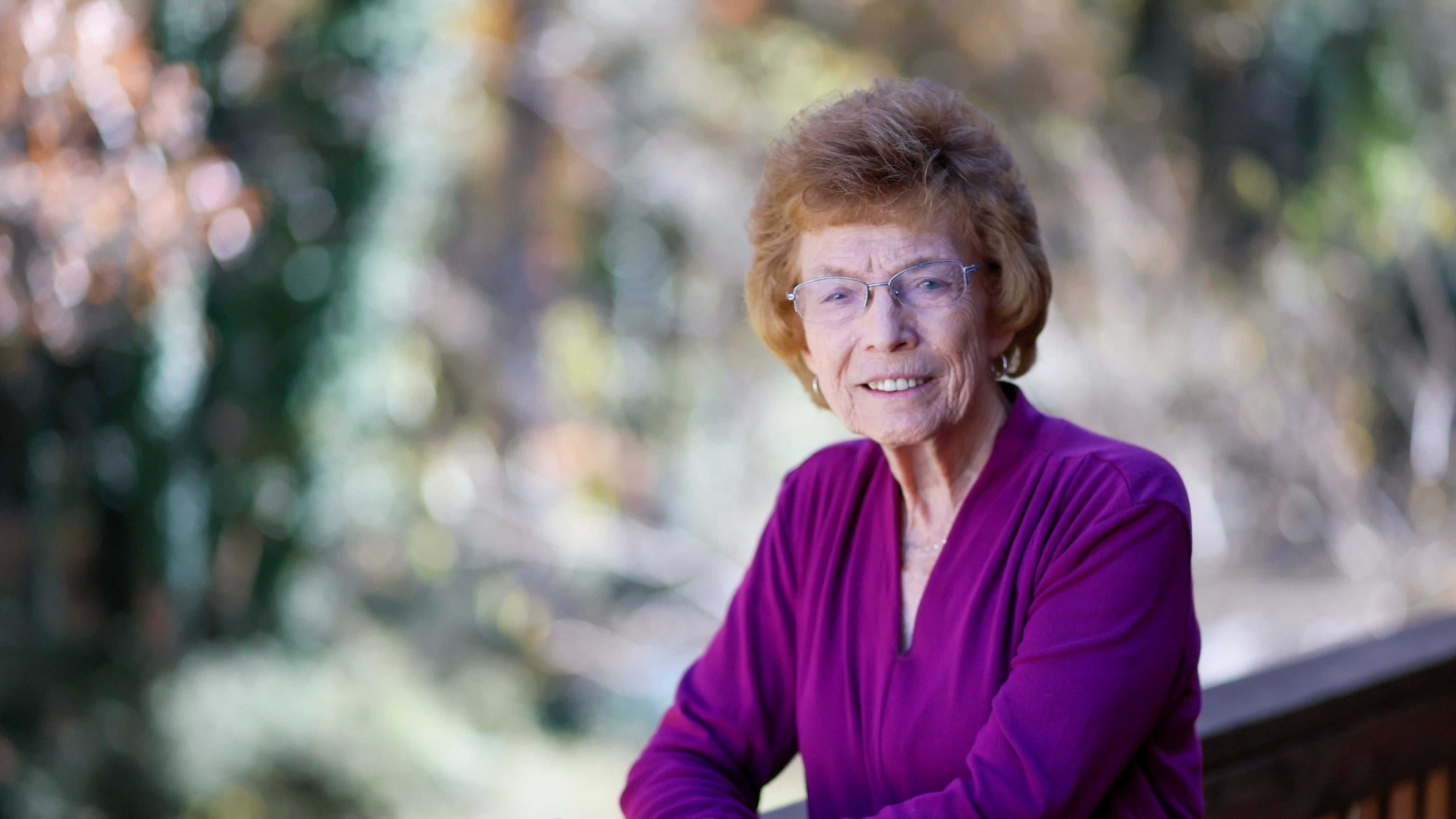
When Marie George Myers, 79 of Lawrenceville, was 13 years old and entering the eighth grade, her older brother, Charles George, got his first paper routes delivering The Atlanta Journal, the city’s afternoon paper. She wanted in.
Her father, Clarence George, a 20-year career serviceman who fought in both the Korean and Vietnam wars, had always taught her to be a hard worker.
“You give 10 hours of work for eight hours of pay,” he always said.
During the summer, Myers spent several weeks at her maternal grandparents’ farm in Dallas, Georgia. She accompanied her grandfather as he delivered milk and eggs produced by the cows and hens on their farm. She found a sense of satisfaction in completing a day of deliveries with her grandfather, and decided she wanted to deliver newspapers like her brother.
At that time though, newspaper delivery routes were marketed to boys.
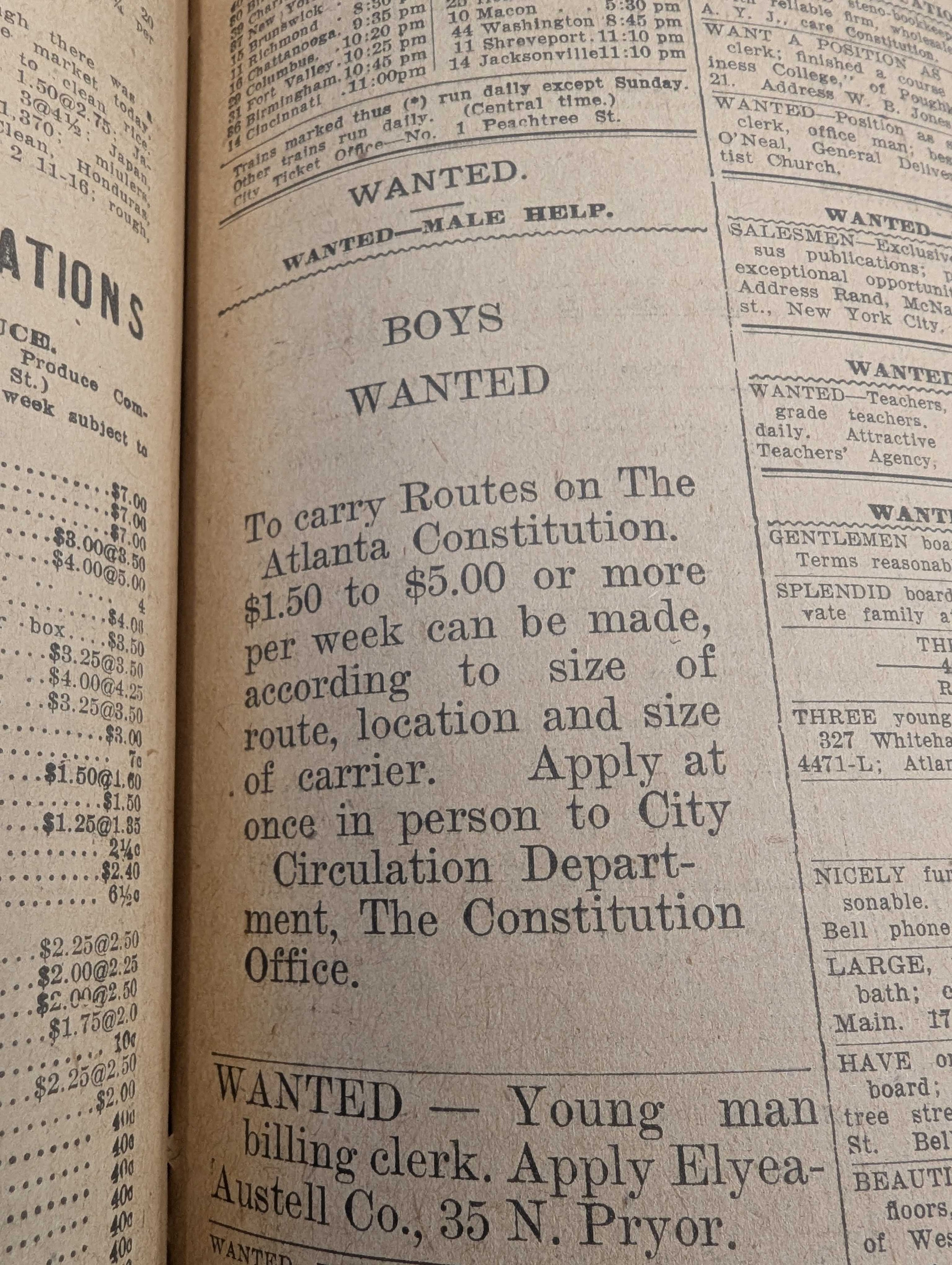
Myers decided to go for it anyway. Her mother, Myrtle George, supported her go-getter spirit, and allowed Myers and her brother Charles to split up three routes under her brother’s name.
Myers was responsible for roughly 100 houses along what was designated route 50, while her brother took about the same number in the neighboring blocks. Her route zigzagged up and down the residential streets off Cascade Avenue SW, near Atwood Street SW in the West End.
Every weekday, as soon as school let out, Myers’ mother would wait for her children in her 1956 red Plymouth and drive from the school to the paper house about 15 minutes away, where they would load up the trunk with bundles of The Atlanta Journal.
Back then, Myers said, the Journal was the afternoon paper. The Atlanta Constitution was the morning paper, and on Sundays the papers combined into a double-stack, The Atlanta Journal-Constitution.

While traveling to the start of their routes, her brother would pass her papers to roll up. The ink would stain her fingers.
She would pack her shoulder sack with as many rolled newspapers as possible, then set out to walk house-to-house, carefully delivering each paper by hand to the front porch.
Her mother would wait in the car, rolling more newspapers, then meet Myers and her brother at a location a few blocks down the street where their routes intersected, so they could refill their sacks for the next round of deliveries.
Myers took pride in her unofficial job. One of her classmates, a fellow newspaper delivery boy named Tommy Kane, jokingly teased her about being a “newspaper boy.” But Myers didn’t care. She loved the job. And she loved the customers who all knew her by name.
On Saturday mornings, Myers would go back to each house to collect their weekly subscription payments. Each week cost about $2, she said.
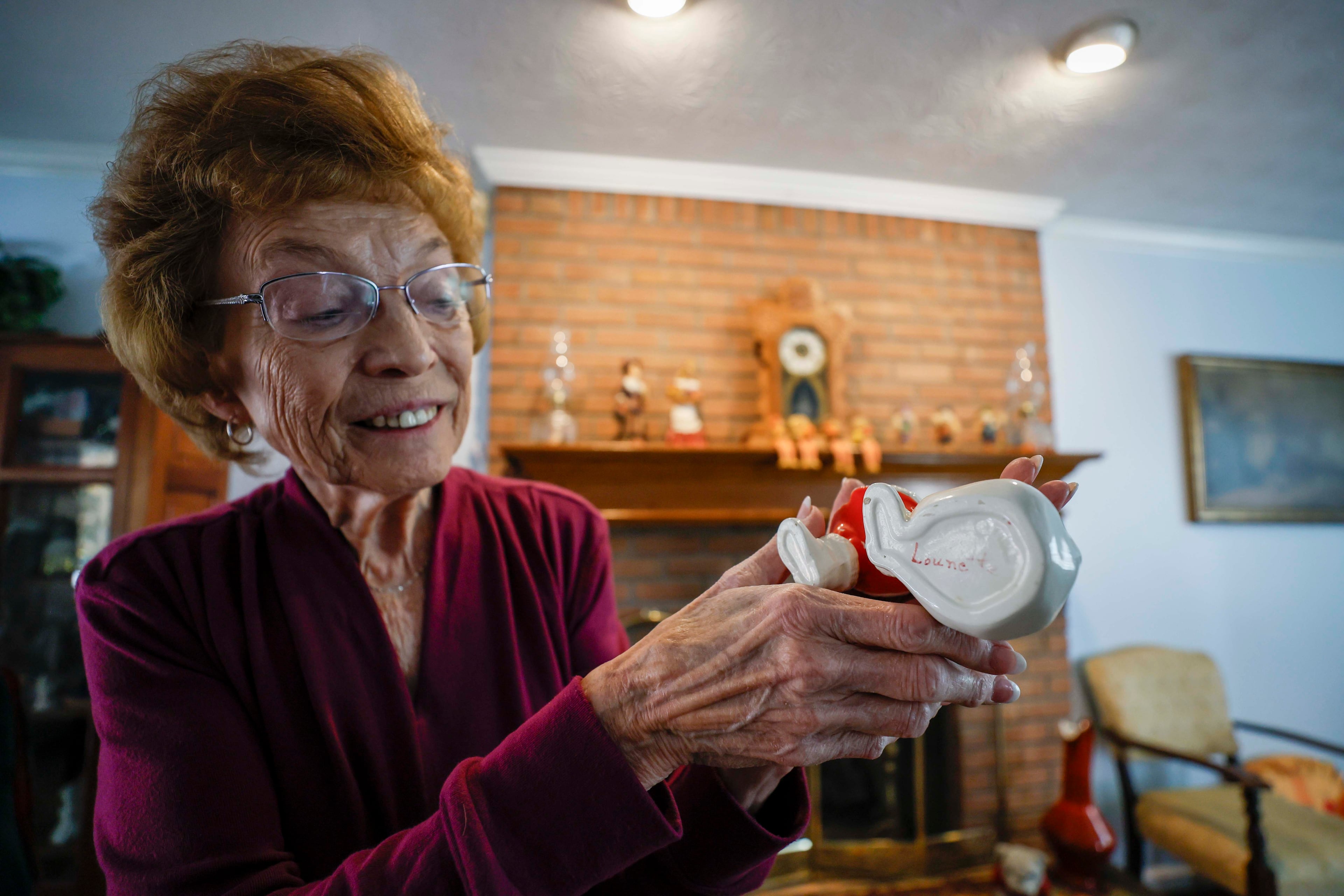
Often, when handing over their subscription payments, Myers’ customers gave her cookies, candy, holiday bonuses and sometimes, even gifts. Myers still has the ceramic Santa Claus statue that one of her customers made, signed and gave to her as a holiday gift.
Another customer noticed how much Myers loved greeting the family’s Chihuahua-terrier mix while delivering the paper. On her 15th birthday, the customer had a puppy waiting for her as a gift. Myers still has a photograph of the dog, whom she named Rebel, even though Rebel answered to her dad’s chosen name, Sam. She proudly showed a reporter the photo of Rebel-Sam over tea at a Peachtree Corner cafe this month.
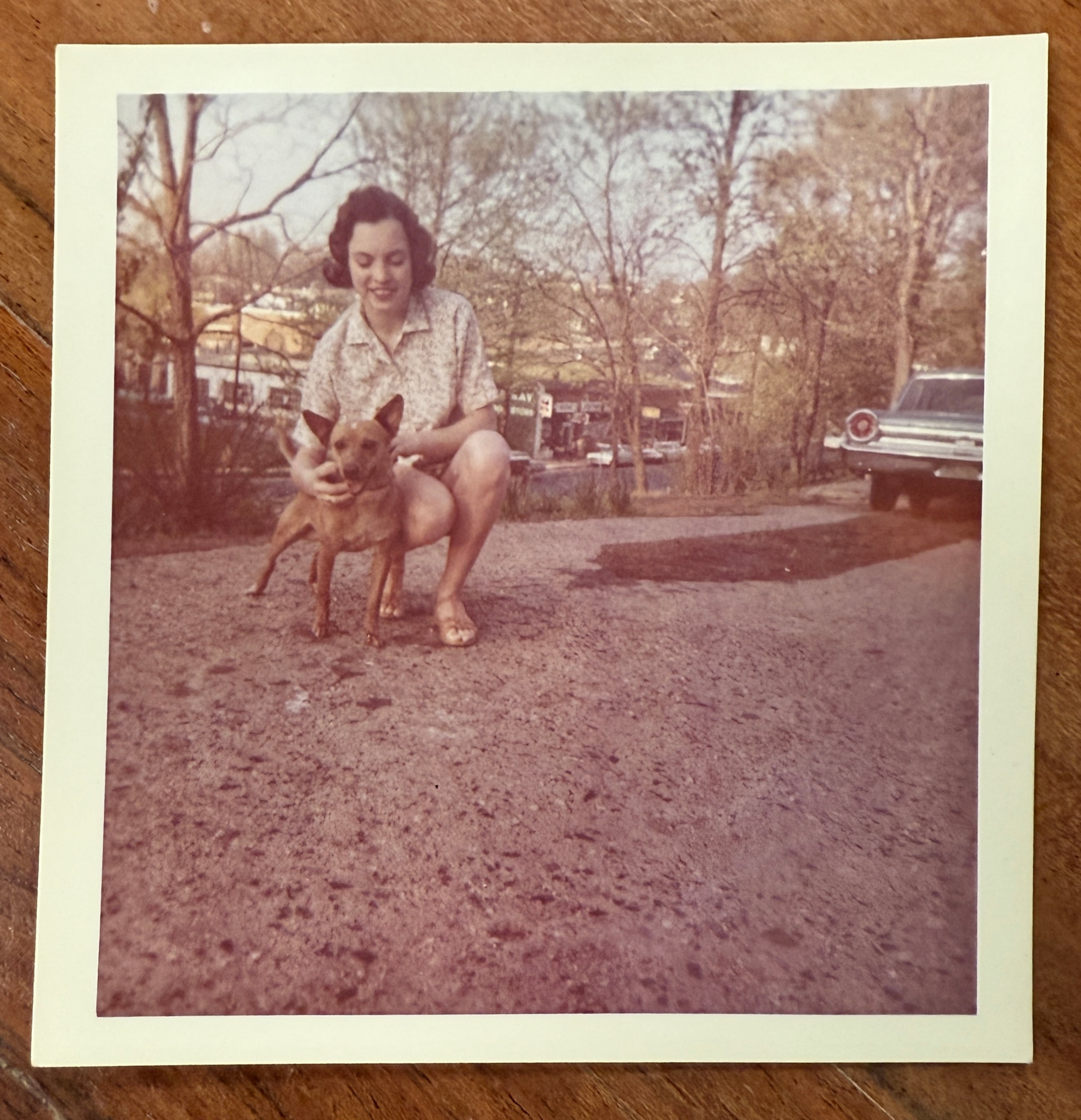
On Sunday mornings, the paper needed to be delivered around sunrise. The entire George family would pile into the Plymouth and make delivery a ritual. On those days, the paper was a Journal-Constitution bundle, twice as heavy as normal. Her dad came along to help her shoulder the weight of her sack.
After delivery was done, the George family would head home, where her mother would cook up a hearty breakfast before going to worship at Gordon Street Baptist Church.
Myers worked alongside her brother as a “newspaper boy” from age 13 to 15, when her brother graduated high school. In reflecting on those years, Myers said she feels nostalgic for simpler times and the closeness of community she feels is missing today.
“It’s not like it was then,” she said. “(Back then), we knew everyone. There is no community (now).”
As a mother of two, a grandmother of four and, come January, a great-grandmother of three, Myers sees both joy and challenges in the way society has changed over her lifetime. Although young women now enjoy freedoms she didn’t have when she was a teenager, Myers notes they also live in what seems to be a more dangerous and less connected time.
“There was no fear then,” she said. “You weren’t afraid to walk out of your mother’s sight. Children walked to school in groups. People kept their doors open. Neighbors noticed when someone moved in or out.”
Now the newspaper itself is changing, too.
When Myers heard the news The Atlanta Journal-Constitution would discontinue its print edition at the end of this year, she immediately texted her old friend Tommy, the classmate who still, to this day, teases her for being the only girl “newspaper boy.”
She described feeling melancholy, but said she understood the decision. She and her husband had already stopped their print subscription, finding themselves reading the paper digitally and letting the print version stack up unread.
When the last print edition of the paper comes out Dec. 31, Myers said she will most certainly buy a copy. She plans to store it safely away alongside the other keepsakes that remind her of her delivery days: old Atlanta newspapers, the photo of Rebel-Sam and the ceramic Santa.
